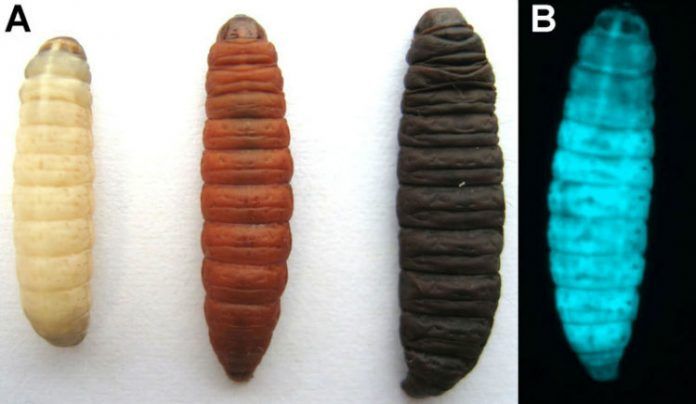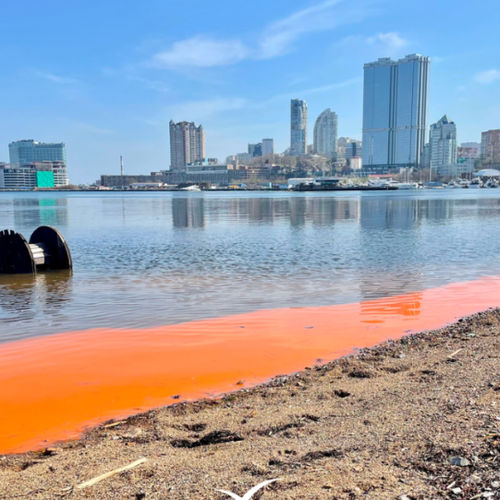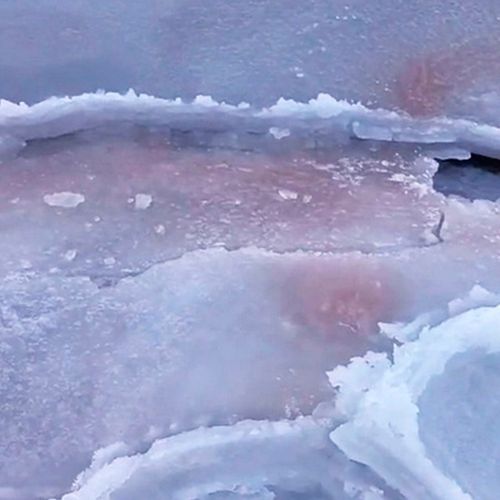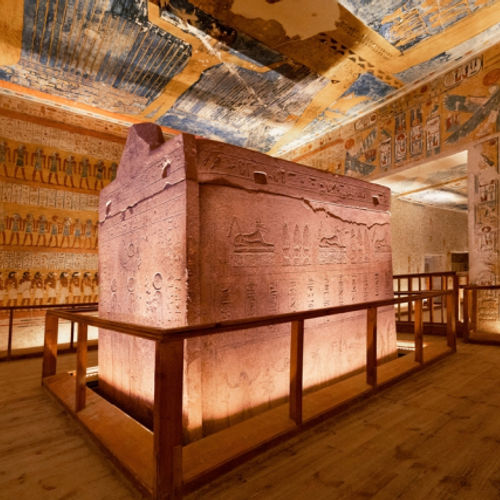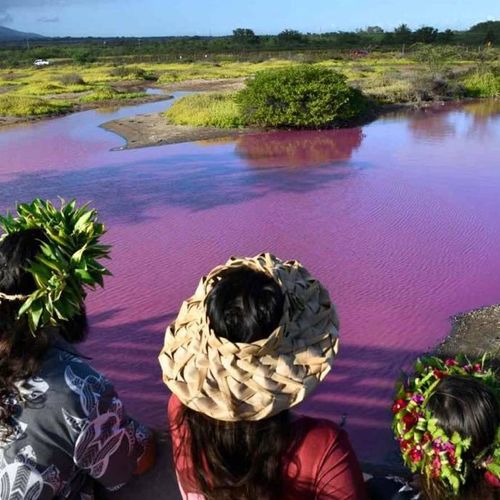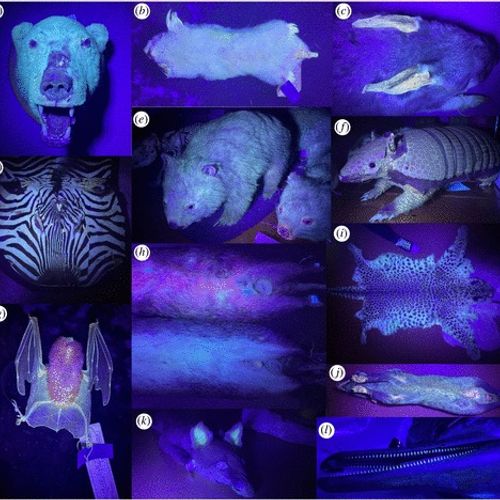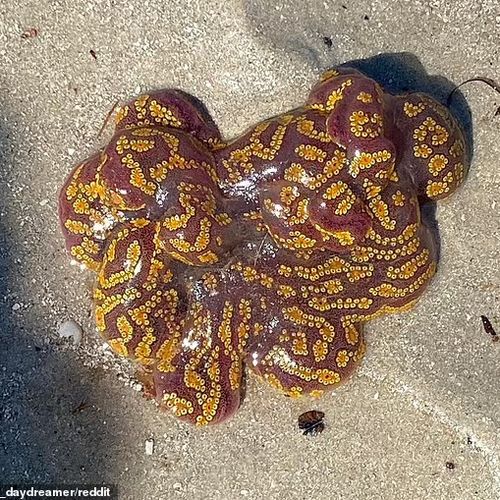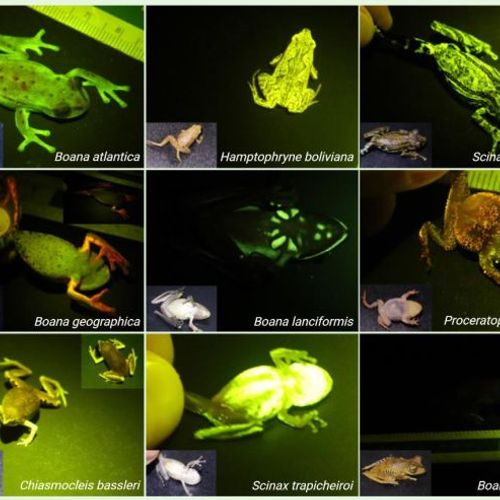
| Added | Fri, 27/12/2019 |
| Источники | |
| Дата публикации | Fri, 02/06/2017
|
| Версии |
Long ago, in April 1862, the US army led by major General Ulysses S. Grant camped at Pittsburg landing, Tennessee. On April 6 the Confederate army, led by General albert Johnston suddenly attacked the camp on the West side of the Tennessee river. The battle lasted two days, and then the Confederate army retreated. In the end, there were 3,000 killed and 16,000 wounded, what the doctors were totally unprepared.
Two days after the battle of Shiloh (6-7 April 1862) medics arrived on the battlefield, he noticed that night from the wounds of many soldiers came a dim greenish-blue glow. With glowing wounds were healing faster and scars from them was less, because this phenomenon was then called the "angel lights".
So, after the battle the wounded soldiers lay in the mud and under the rain has not yet arrived for medical help, but doctors were not ready for such scale of work. To their surprise, they noticed that some of the wounds came a dim glow, they were less inflamed, heal faster and not leave behind scarring. Mystical phenomenon has long remained unsolved until 140 years later, two students of the 21st century finally solved this mystery.
Two students, bill Martin and Jon Curtis, seventeen and eighteen years of age, gave an explanation of "angelic glow" during the science fair in 2001. Bill found the answer when his mother, a microbiologist, worked with luminous bacteria living in the soil.
Bill Martin once visited the site of the battle of Shiloh, and when he heard about the glowing wounds of the soldiers asked his mother, microbiologist Phyllis Martin, can bacteria P. luminescens to be the cause of this phenomenon. She offered her son to experiment and find out for yourself, and then Billy drew his friend Jim Curtis for research.
However, during the experiments, they found that P. luminescens cannot survive at normal human body temperature. Then they found that because soldiers were wounded and left lying on the battlefield, they have had hypothermia because of the humidity and it was a great environment for bacteria.
Photorhabdus luminescens bacteria living in the worms nematodes and closely with them "cooperate". The bacteria P. luminescens and nematodes have a simple symbiotic relationship. When the nematodes penetrate the insect larvae, the bacteria go into the body cavity, the larvae and kill them, and then the nematodes and bacteria feed on them. When the larva is eaten, nematodes again swallow the bacteria, whose bioluminescence attracts other insect victims.
Because bacteria P. luminiscens emit chemicals that kill all other bacteria, they act as a very effective antibiotic, because the glowing wounds were tightened faster, increasing the chances of survival for wounded.
The glowing wounds of the soldiers is the work of bacteria, because the wounded lay in the mud and dampness. Temperatures in April were quite cool, which reduced the body temperature of soldiers, giving ideal conditions for the prosperity of bacteria P. luminiscens. In addition, no bacteria or nematodes are not contagious to people, so the soldiers from them has not suffered.
For a study of bill Martin and John Curtis won first place at the International scientific-technical Intel in 2001. It is unknown whether there are guardian angels, but for the survivors of soldiers this angel was the bacterium P. luminiscens.
Translated by «Yandex.Translator»
Photorhabdus luminescens bacteria living in the worms nematodes
Translated by «Yandex.Translator»
Новости со схожими версиями
Log in or register to post comments
